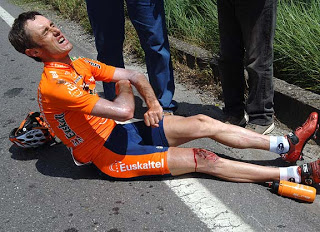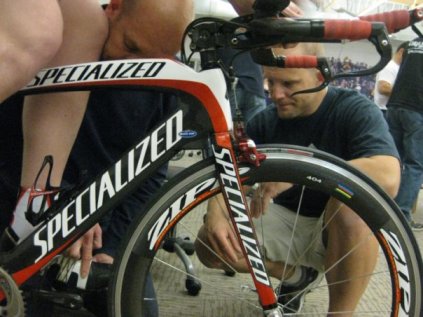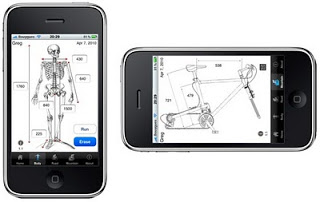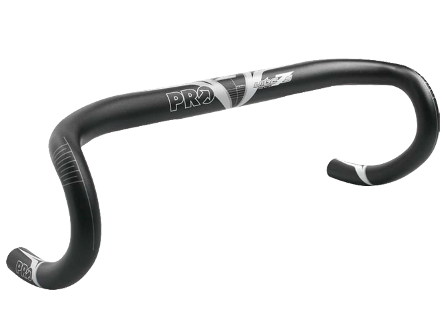I recently received an e-mail from a client with an excellent question. I’ll let our exchange do the talking.
He wrote:
I have just had a physical and the only area that showed with some concern was my PSA (Prostate-Specific Antigen) level. It could be elevated from one of the BPH medicactions that I take and/or all the bike riding. I have decided given this situation to get some form of the Selle SMP saddles. I am leaning toward the Dynamic. Any thoughts on this.
My response:
As for saddles, as I have researched saddle selection and elevated PSA, the link between it and specific saddle selection seems weak at best but does stand to reinforce proper saddle dimensions, position, and set up. The strongest link to elevated PSA (as it would appear separate from causation by prostate cancer cells) appears to be with cycling in general (and strenuous exercise specifically). Research by a couple of my mentors; seems to agree with these findings.
That is to say; I wouldn’t let elevated PSA cause me to choose a saddle that I am not confident in, not comfortable riding, or just settling for in general. A saddle of proper dimensions, in the proper position; allowing it to correctly bear rider weight on the sit bones and minimize soft-tissue contact will be more prostate-friendly than otherwise.
So, as I am very commonly found to say – error on the side of your personal confidence and comfort, then be sure to have the position correct; which is my job, of course.
This is sure to raise some questions and thoughts with some of you so; fire away and I’ll answer in order and as I’m able.
Thanks for reading!




